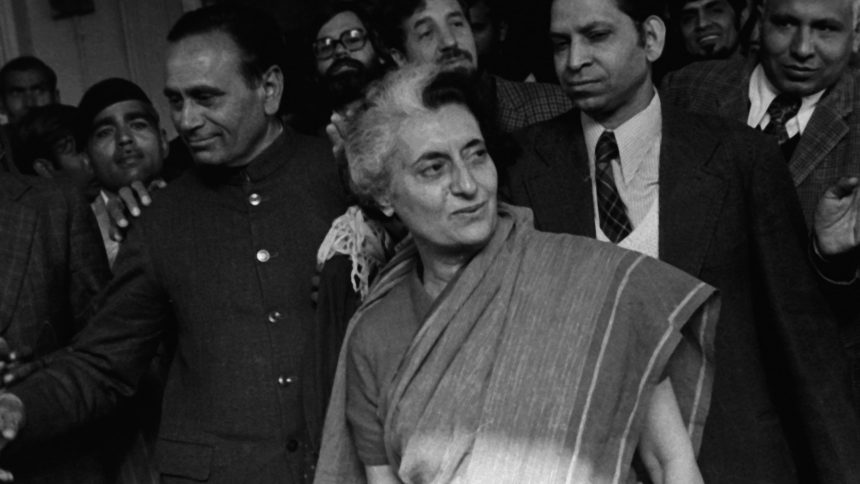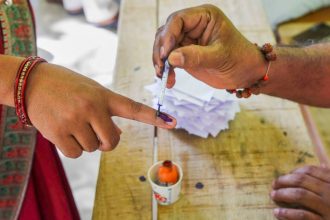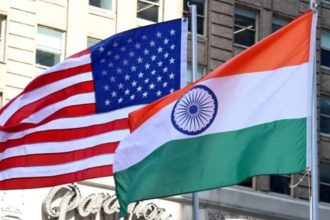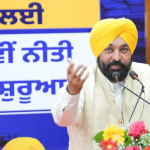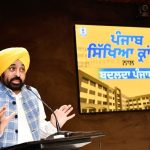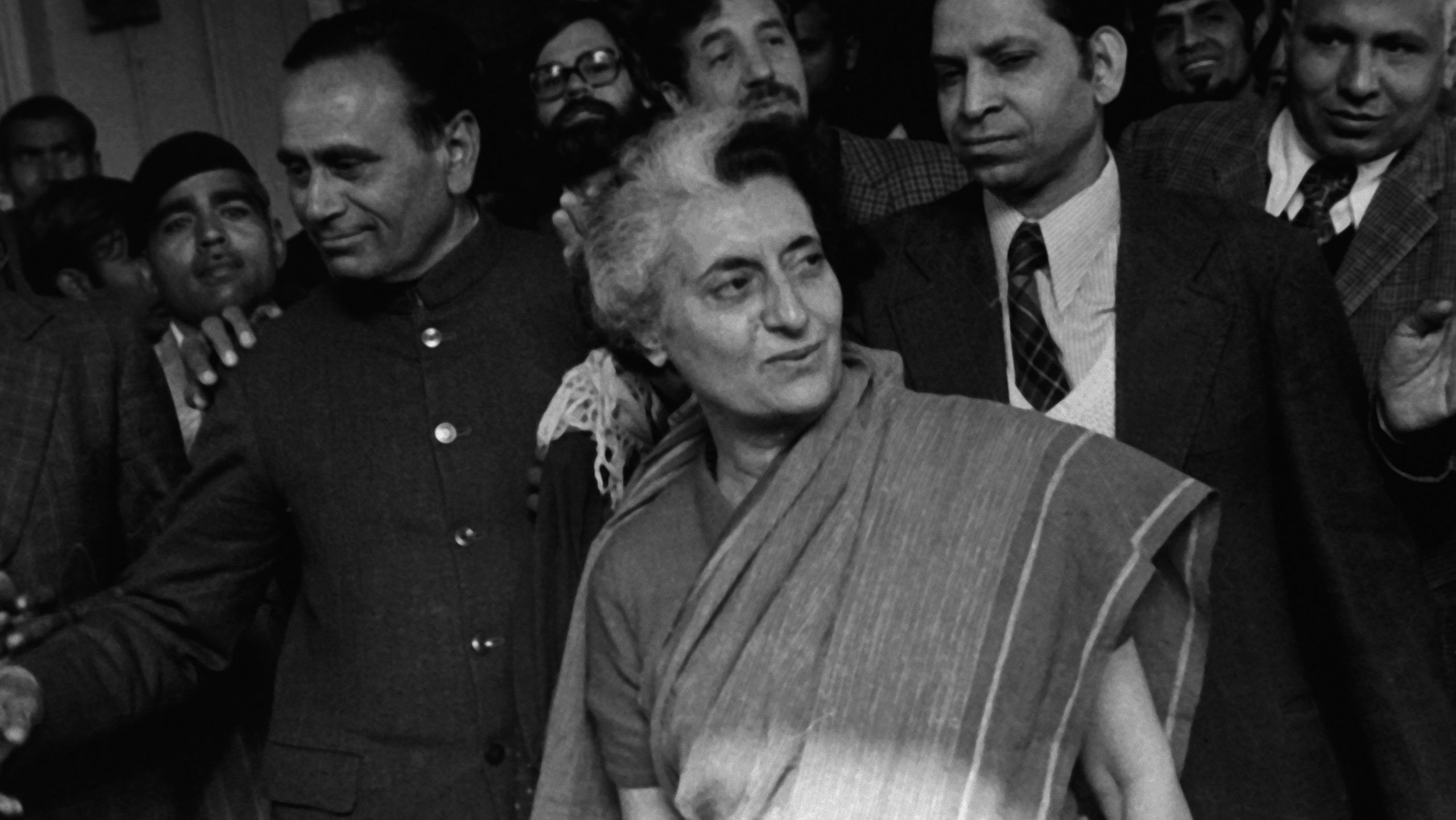
New Delhi: Exactly half a century ago today, Prime Minister Indira Gandhi persuaded President Fakhruddin Ali Ahmed to impose a constitutional Emergency, citing “internal disturbances” as justification. From June 25, 1975 to March 21, 1977, the nation witnessed a suspension of basic rights, press censorships that was followed by mass arrests.
On the morning of June 26, 1975, the nation was informed about the “Proclamation of Emergency” through an unscheduled broadcast on All India Radio. The Prime Minister addressed the nation by saying, “Brothers and Sisters, the President has proclaimed a state of Emergency. There is no reason to be terrorised from this.”
What led to imposition of Emergency?
The backdrop to the decision was a political crisis sparked by Allahabad High Court’s verdict on June 12, 1975, which found Indira Gandhi guilty of electoral malpractices in the 1971 elections. It eventually led to her disqualification from office. She had been serving as the Prime Minister for several years and was even credited for India’s victory in the 1971 war with Pakistan.
Meanwhile, the ‘Sampoorna Kranti’ (Total Revolution) Movement was launched by Jayaprakash Narayan, an opposition leader from Bihar, demanding a complete transformation of the society. The movement gradually spread from Bihar to different parts of India. He held a massive rally on June 25, 1975. During this rally, JP openly demanded the resignation of the Prime Minister in wake of the ruling by the Allahabad High Court verdict against her. This served as a final straw for the declaration of the Emergency.
Aftermath of the decision
Followed by this, India plunged into ‘darkness’ as civil liberties were suspended overnight. Media outlets were instructed not to publish any news without prior government approval. Press freedom was gagged. Newspapers, including the Indian Express and The Statesman, went to press with blank editorial spaces in protest against censorship.
Public gatherings were banned and train services across several states were disrupted. What followed after this was a suspension of civil liberties such as violations pertaining to human rights, governmental overreach that shook the core of Indian democracy.
The most notorious of these episodes was the forced sterilisation drive that was spearheaded by Sanjay Gandhi, late son of Prime Minister Indira Gandhi. Under the guise of population control, lakhs of men, particularly from poor and marginalised communities were coerced or misled into undergoing vasectomies.
Simultaneously, slum demolitions drives in Delhi rendered thousands homeless. Entire settlements such as those in Turkman Gate, were bulldozed with little warning. This intensified the protests that were met with brutal police action. The violence during these evictions ultimately, led to several deaths and deepened fear among the urban poor.
Detention of political leadership
Over 100,000 political opponents, journalists, dissenters who voiced their concerns were detained. Top opposition leaders such as Jayaprakash Narayan, BJP leaders LK Advani and Atal Behari Vajpayee were arrested and held under the Maintenance of Internal Security Act (MISA), often without charge or trial. Fundamental rights were suspended and even the judiciary was pressured into compliance. This eroded public faith in constitutional safeguards.
These actions created an atmosphere of fear, silence and repression that pervaded public life. While the government claimed improvements in order and productivity, the cost was the democratic spirit of the nation.
The Emergency’s excesses served as a chilling reminder of how state power, when unchecked, can turn against its own citizens.
Fifty years later, the BJP-led government has chosen to memorialise June 25 as “Samvidhan Hatya Diwas” (Constitution Murder Day). Union Home Minister Amit Shah stated that the nation “never bows down to dictatorship” and vowed to defend democracy.


